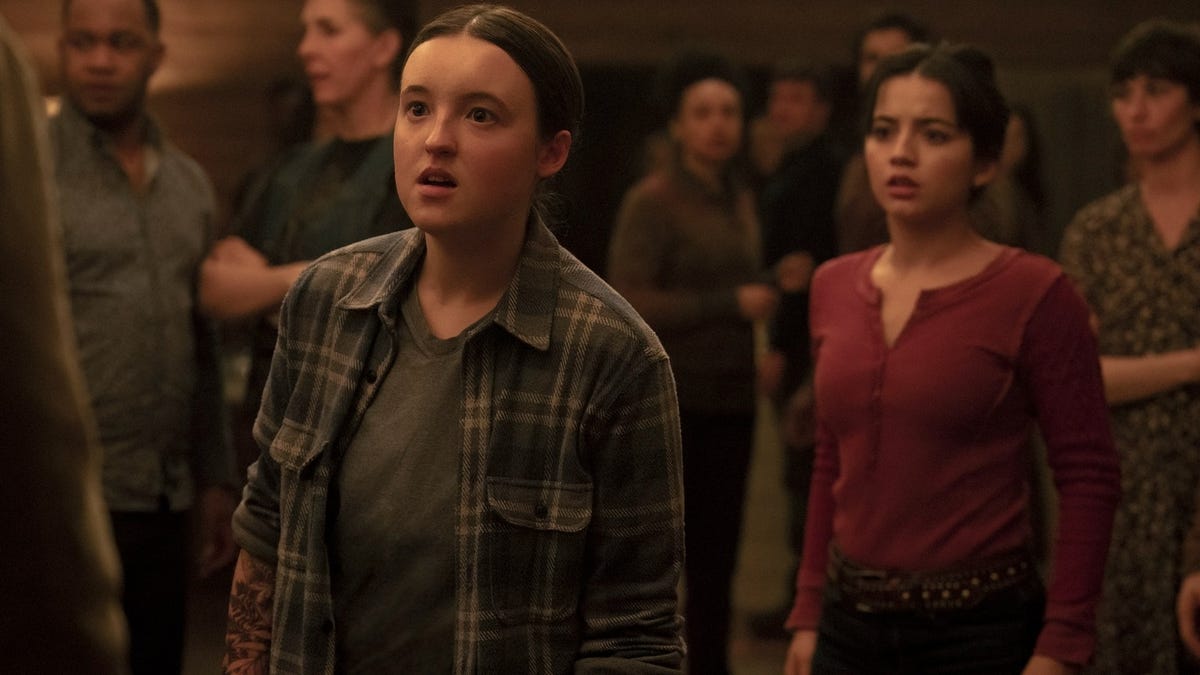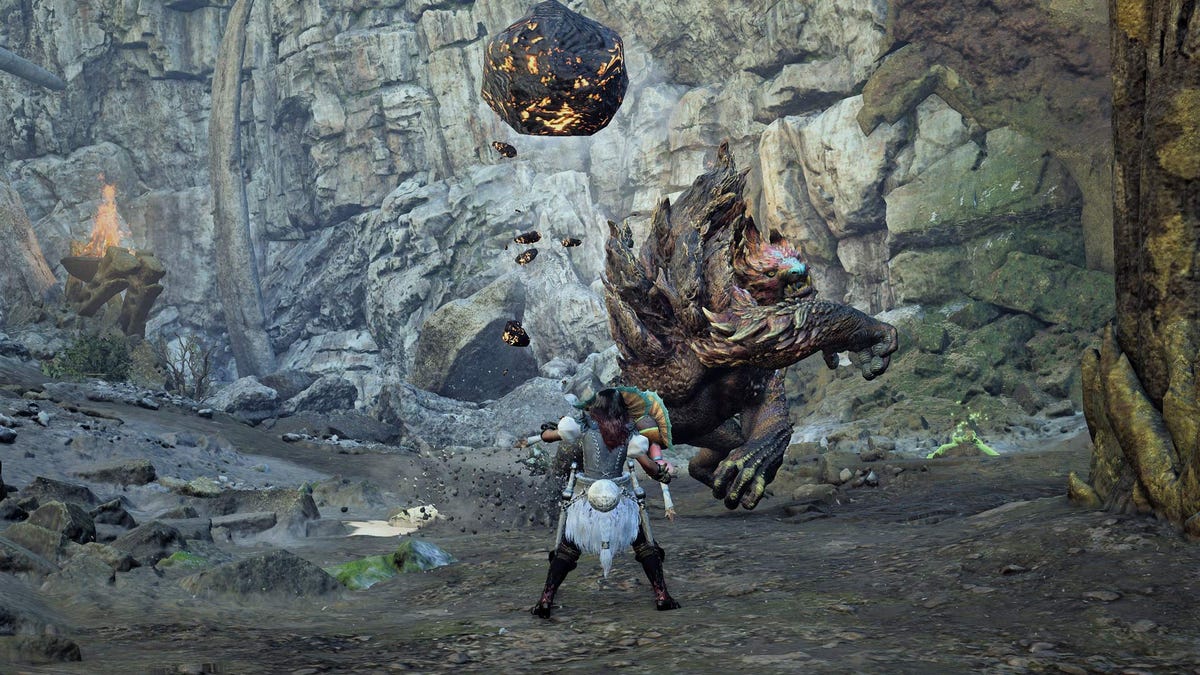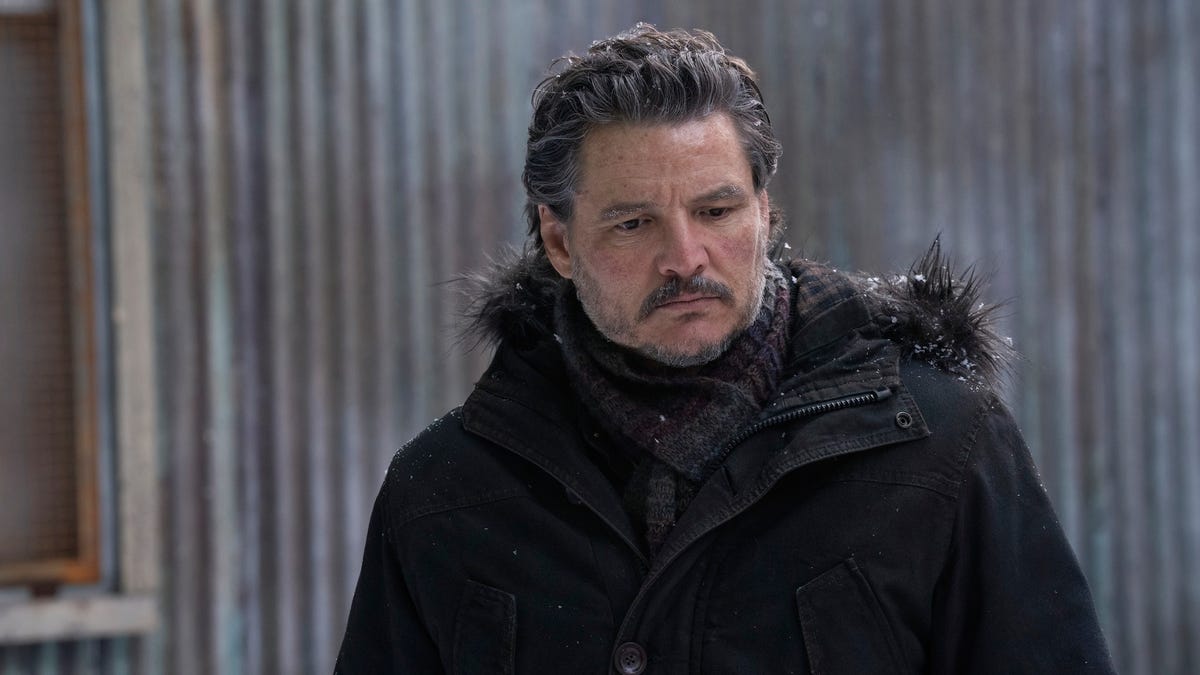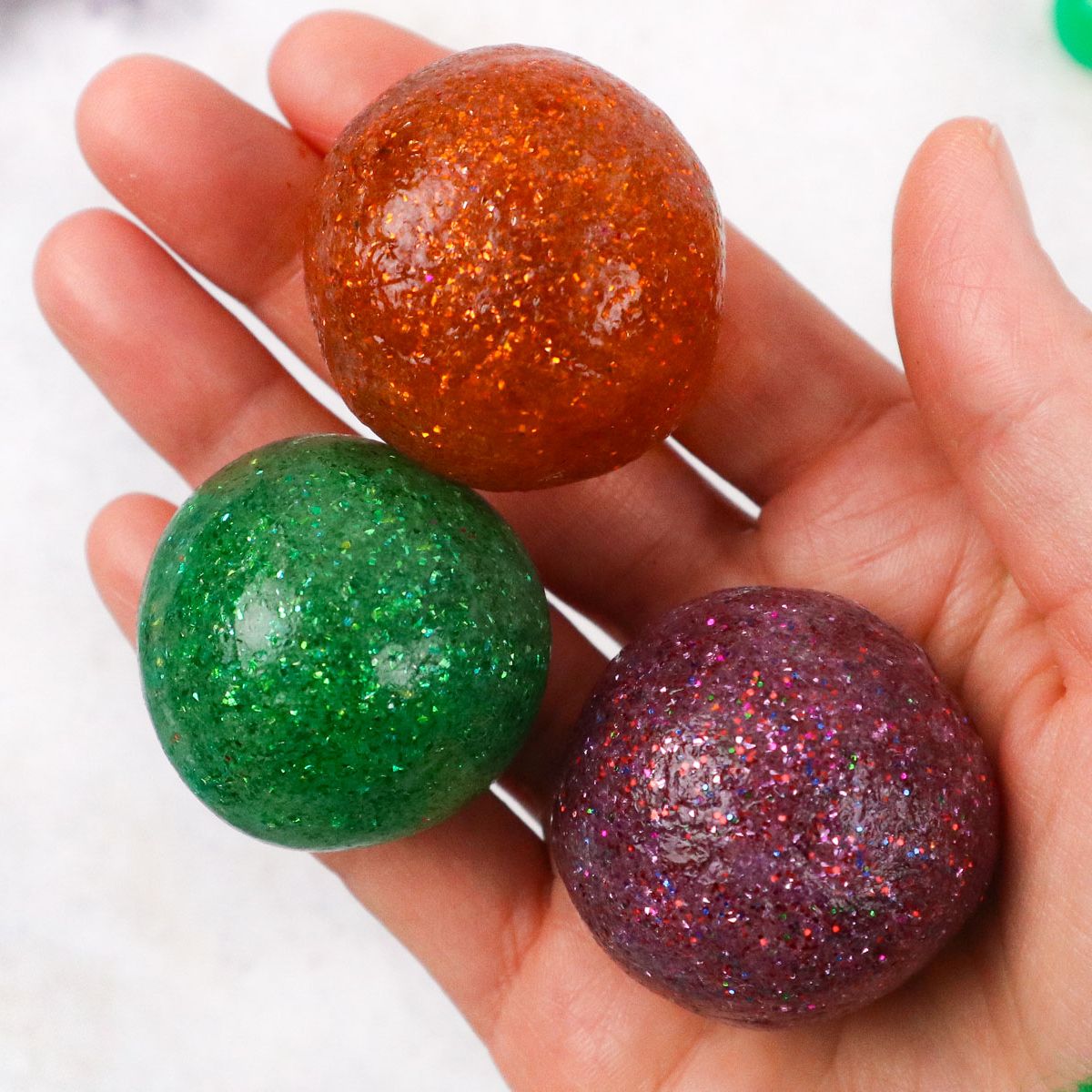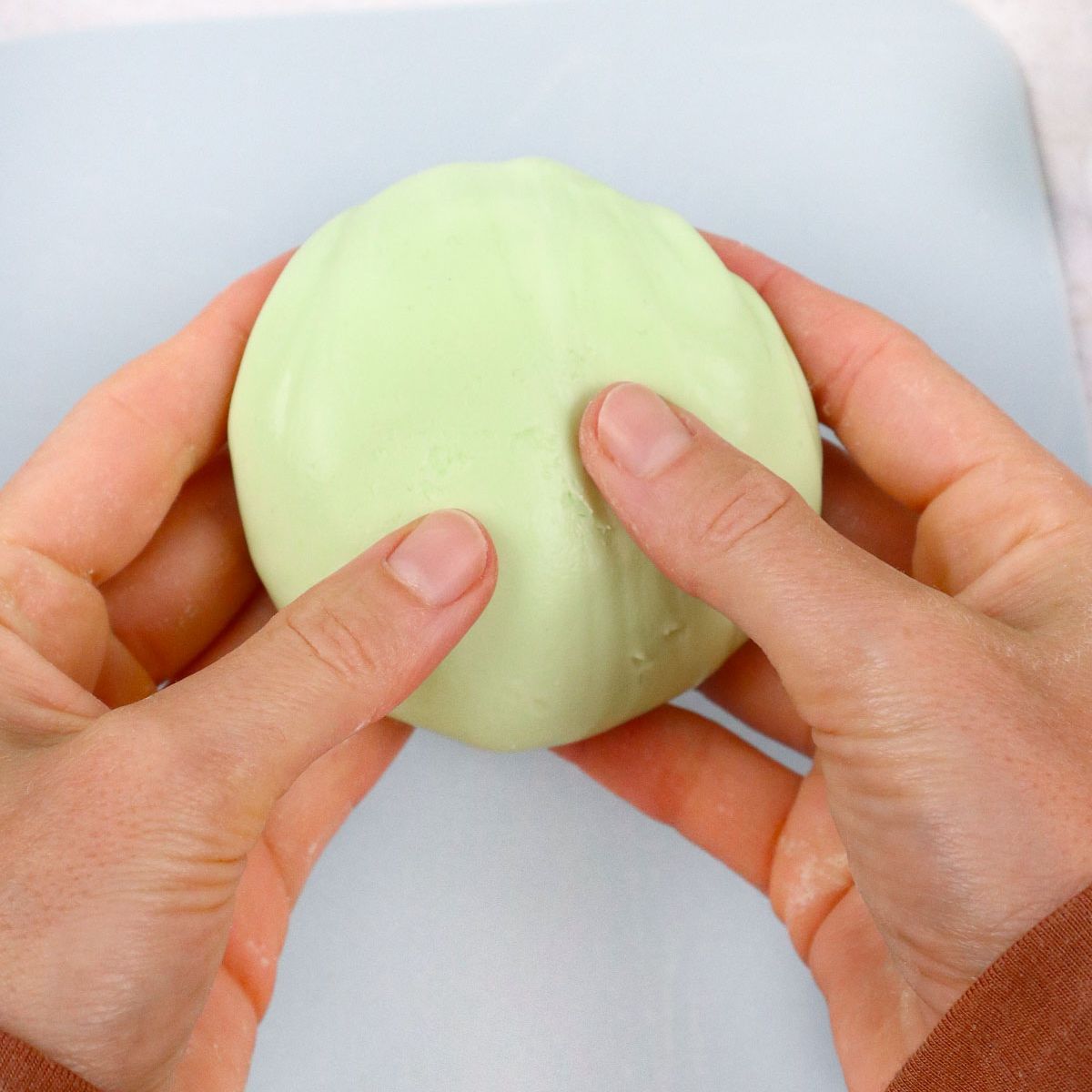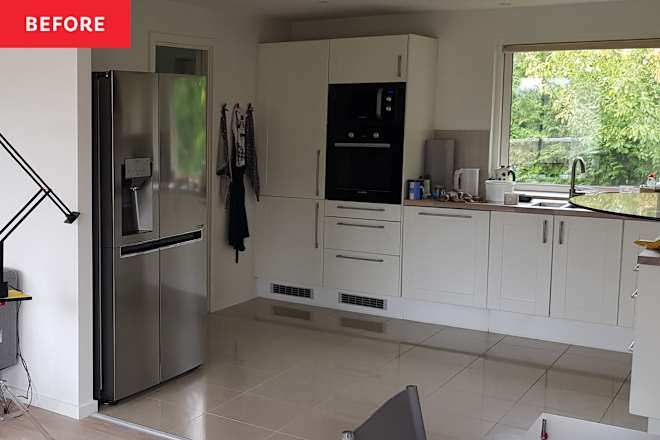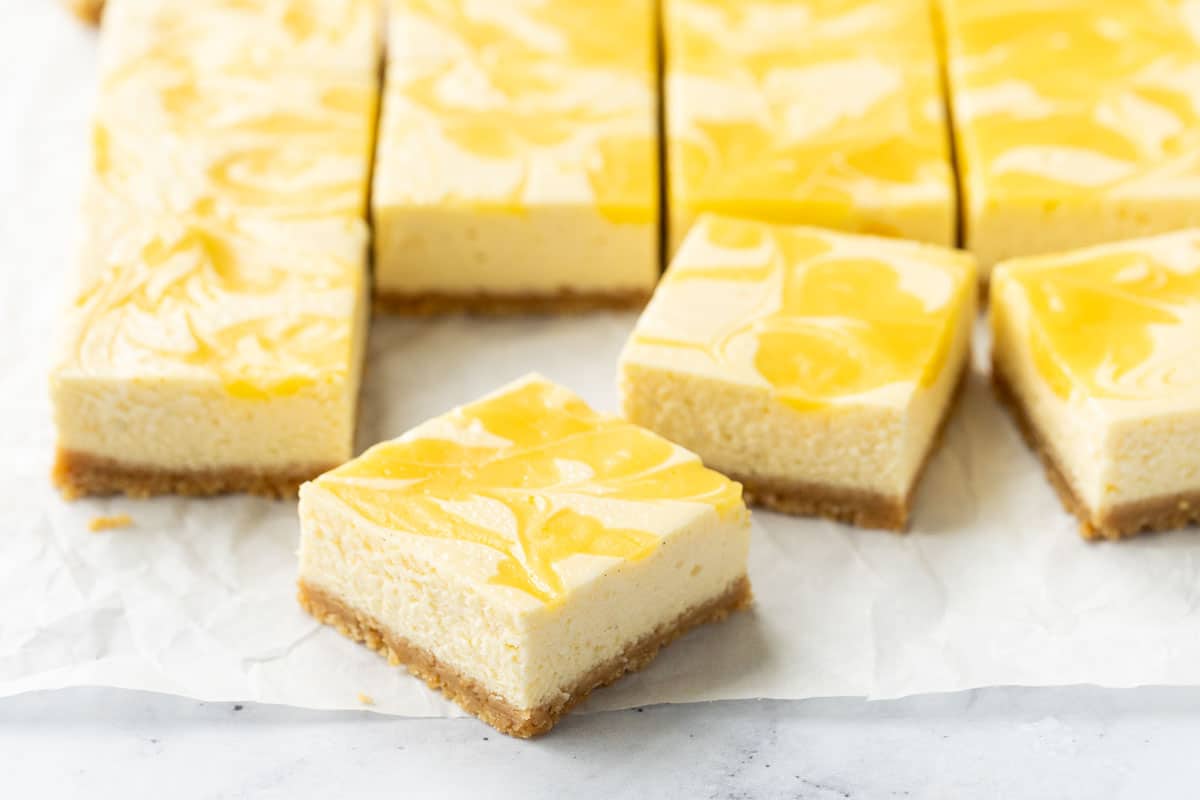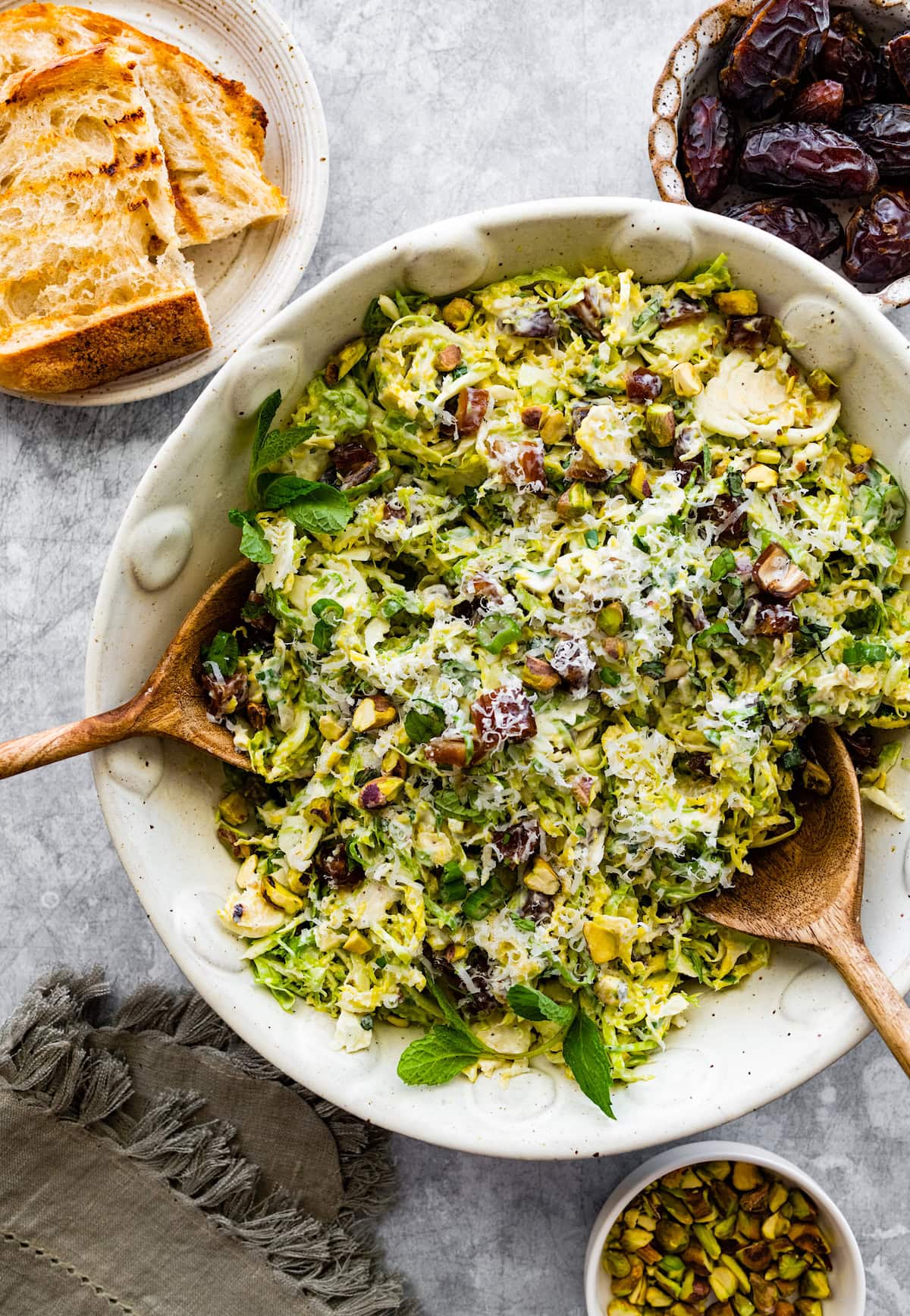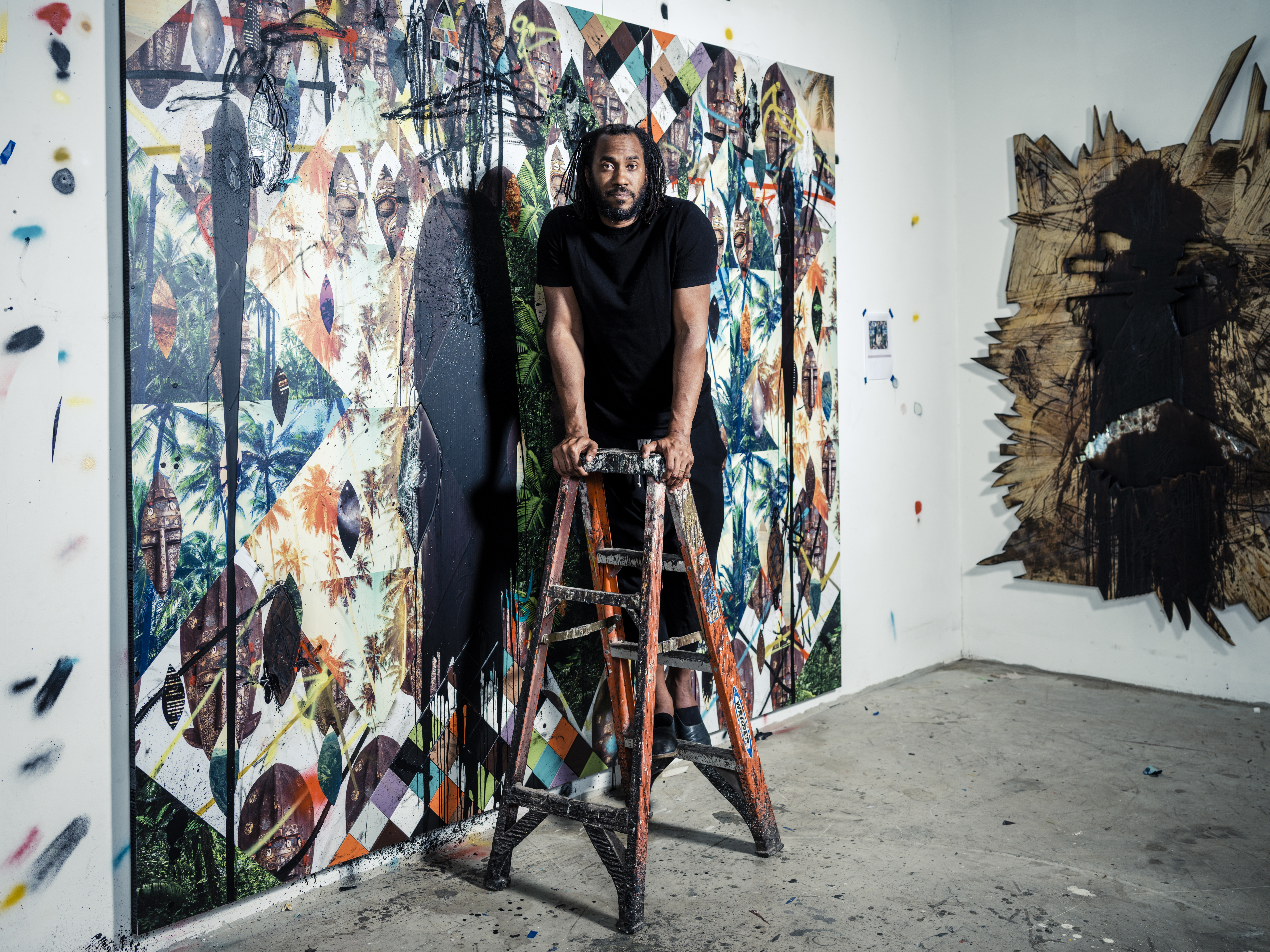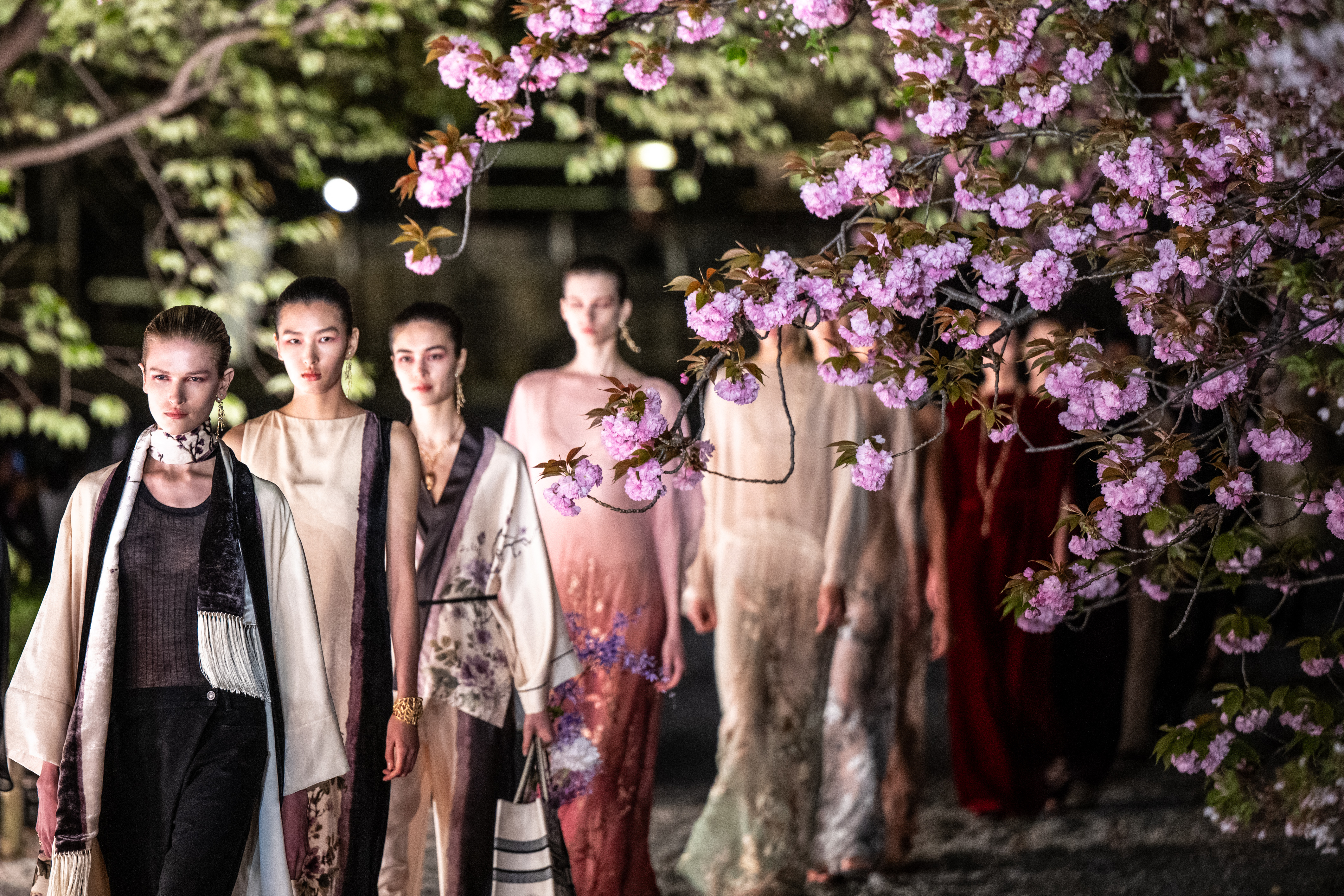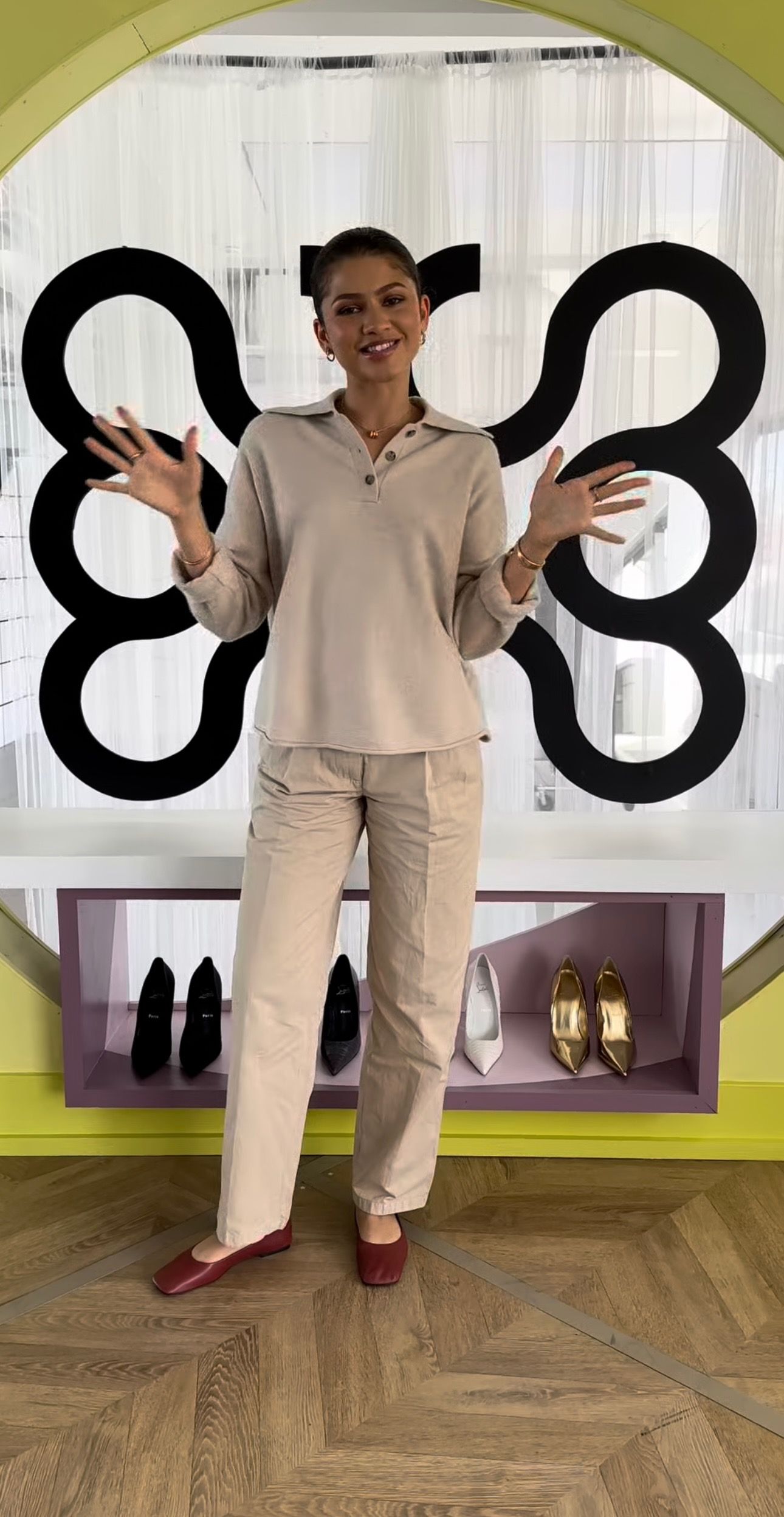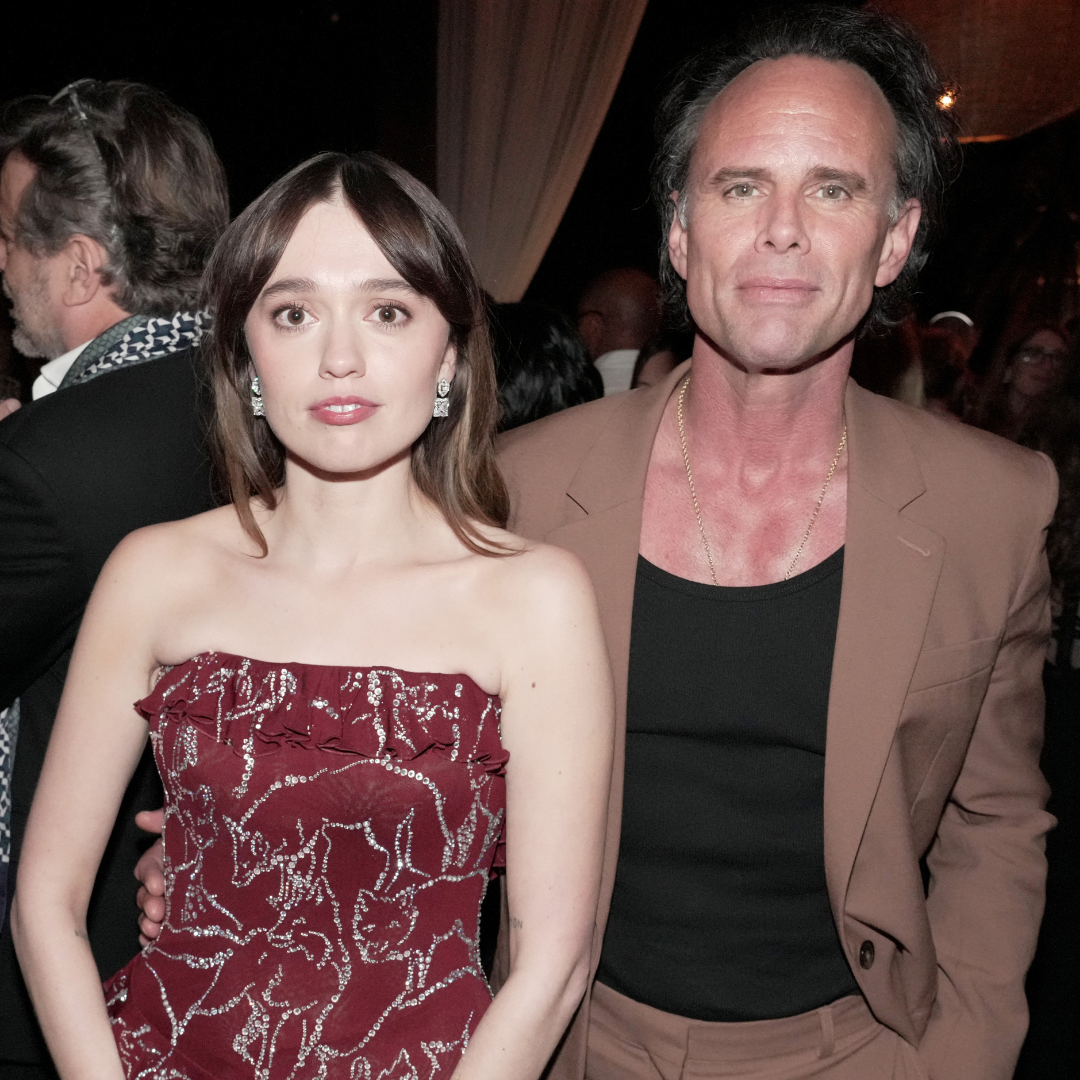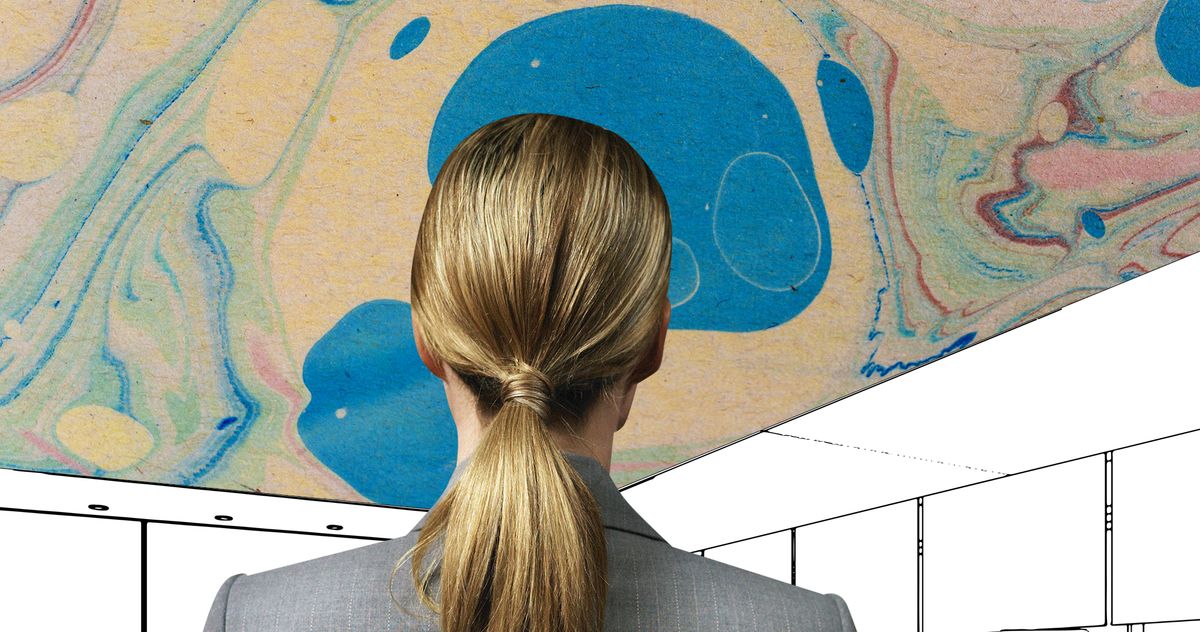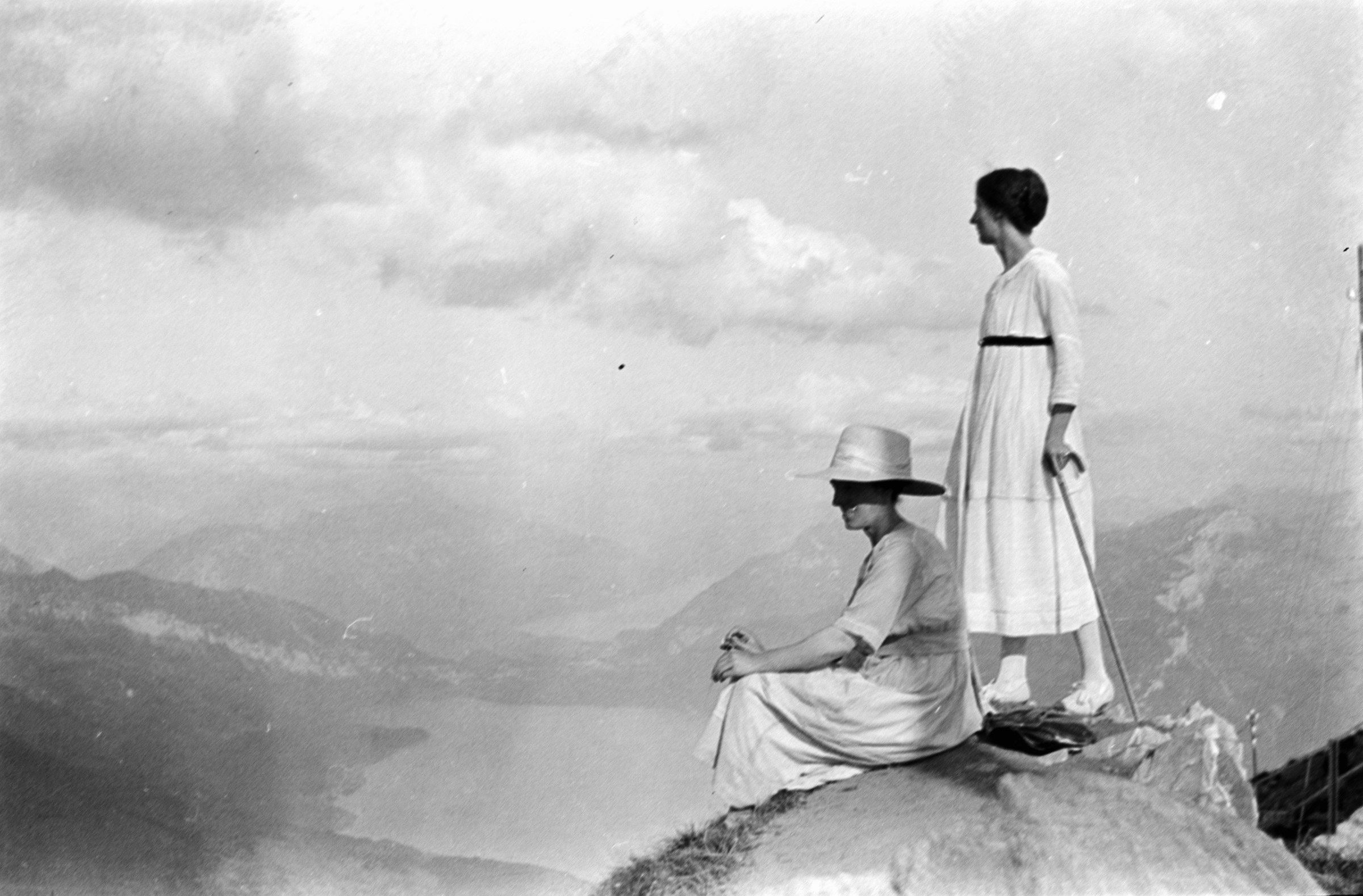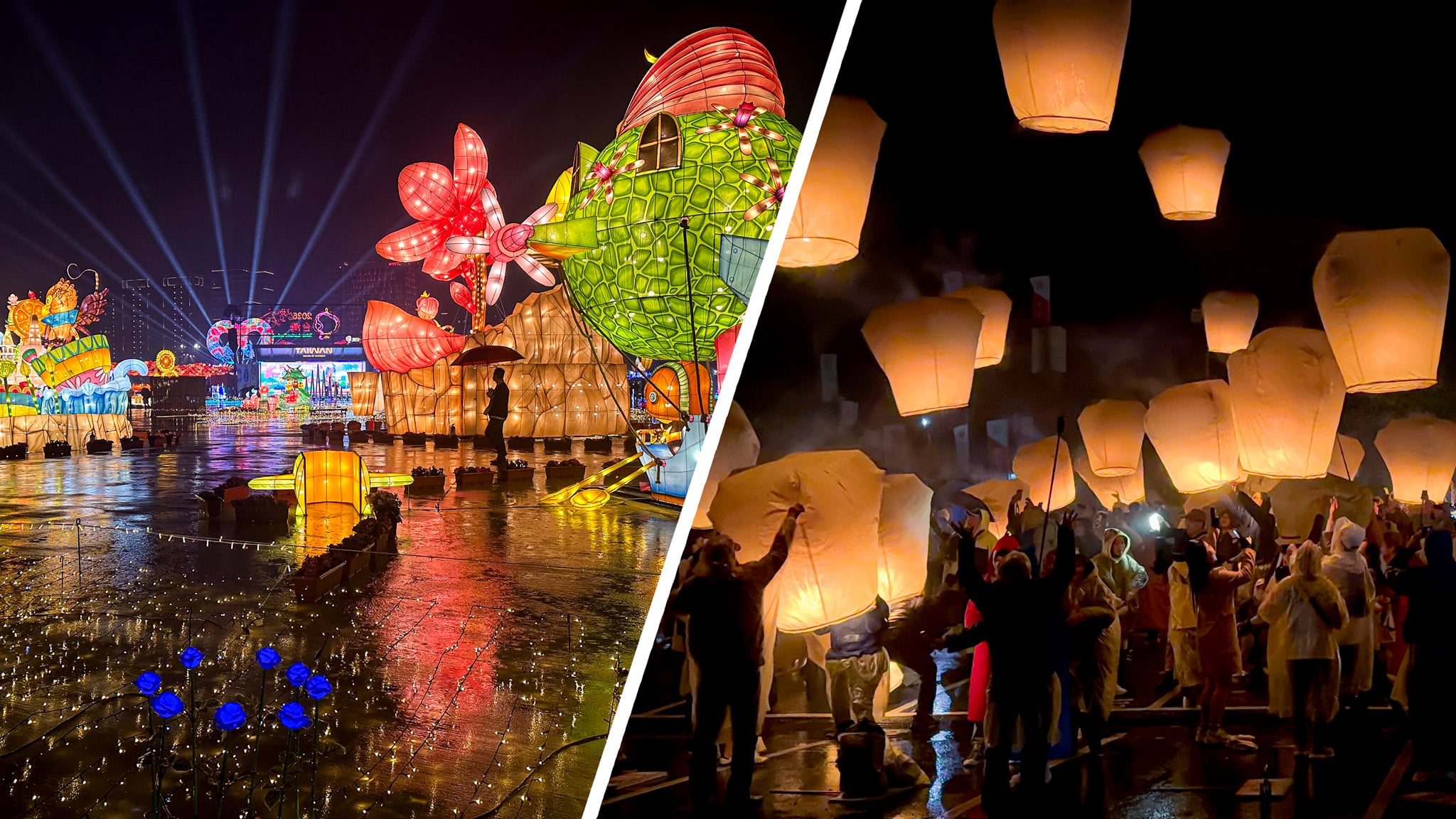Tsukiji Hongan-ji Temple in Tokyo, Japan
When it was originally founded in 1617, the Tokyo branch of Kyoto's Nishi-Hongwanji Buddhist Temple stood in today's Higashi-Nihombashi district, until it burned down in the Great Fire of Meireki (1657). It was then set to be reconstructed in another location, closer to the sea. The Tsukiji area, famous today for its former fish market, was created for this purpose; the name, Tsukiji Hongan-ji or Hongwan-ji, literally means "reclaimed land." The second Hongan-ji, built in 1679, again burned down in the Great Kantō earthquake. Designed by pioneer architect Itō Chūta, the new temple was completed in 1934 and stands proud to this day, a unique Buddhist complex like no other. Inspired by ancient Indian architecture, the current Tsukiji Hongan-ji Temple is built with reinforced concrete and marble. The temple has a Gothic cathedral-like exterior and elegant parapets. Inside is a narthex with stained-glass windows and Moorish-style arches, as well as modern facilities and a café, giving off an eclectic feel. Yet the entire complex is grounded by Buddhist themes throughout.

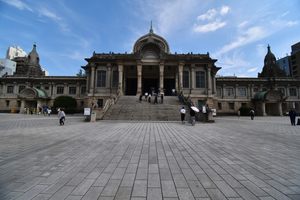
When it was originally founded in 1617, the Tokyo branch of Kyoto's Nishi-Hongwanji Buddhist Temple stood in today's Higashi-Nihombashi district, until it burned down in the Great Fire of Meireki (1657).
It was then set to be reconstructed in another location, closer to the sea. The Tsukiji area, famous today for its former fish market, was created for this purpose; the name, Tsukiji Hongan-ji or Hongwan-ji, literally means "reclaimed land."
The second Hongan-ji, built in 1679, again burned down in the Great Kantō earthquake. Designed by pioneer architect Itō Chūta, the new temple was completed in 1934 and stands proud to this day, a unique Buddhist complex like no other.
Inspired by ancient Indian architecture, the current Tsukiji Hongan-ji Temple is built with reinforced concrete and marble. The temple has a Gothic cathedral-like exterior and elegant parapets.
Inside is a narthex with stained-glass windows and Moorish-style arches, as well as modern facilities and a café, giving off an eclectic feel. Yet the entire complex is grounded by Buddhist themes throughout.



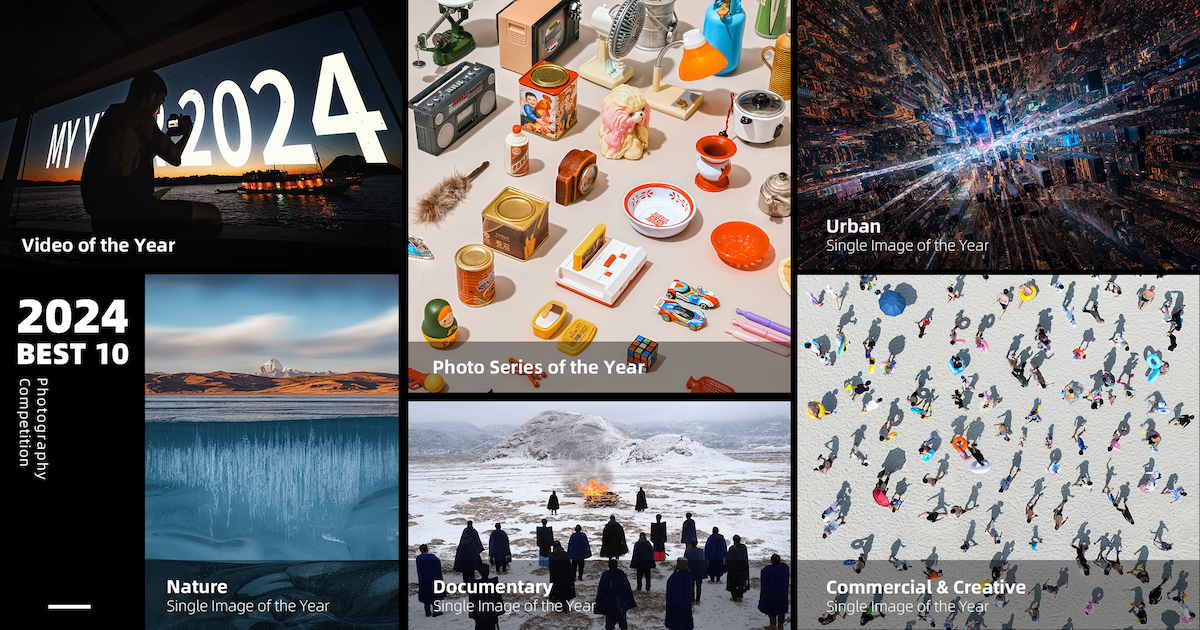
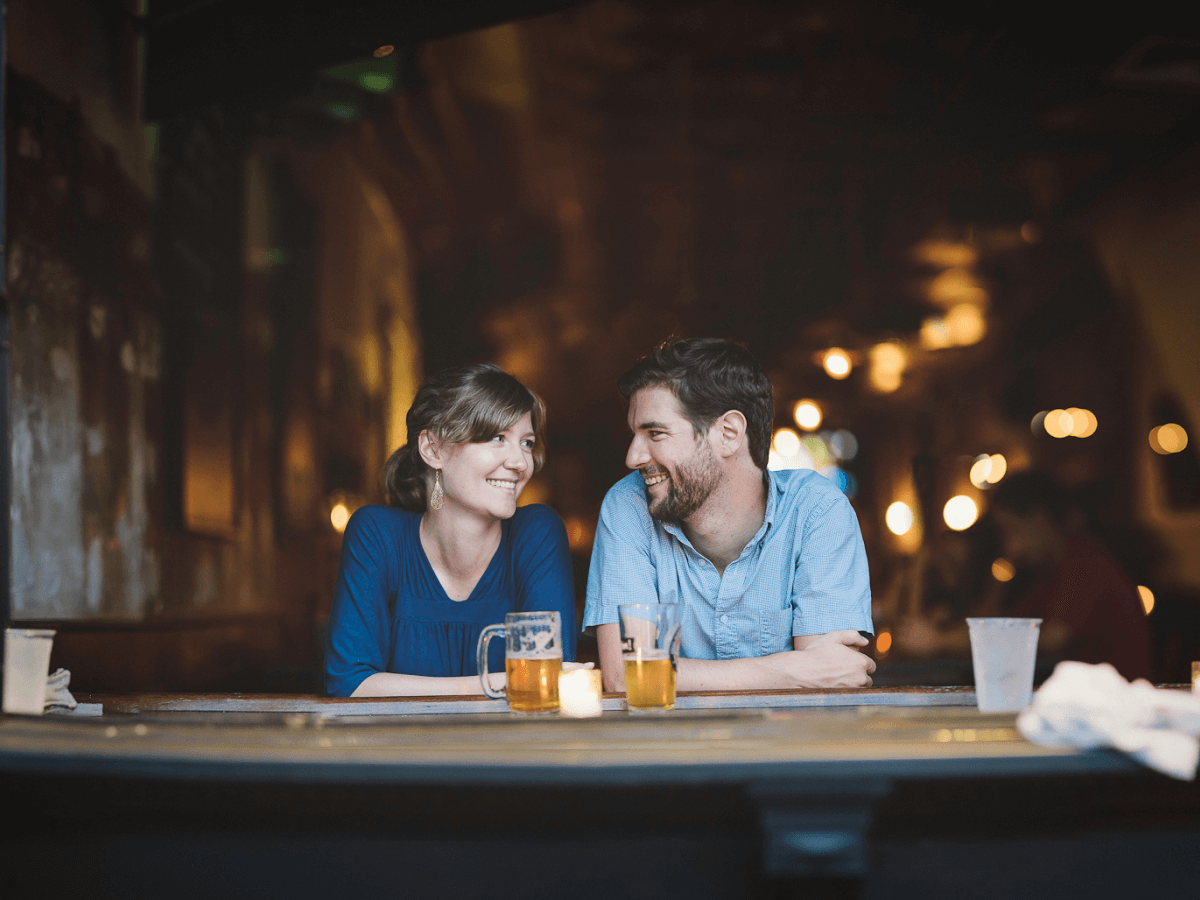

















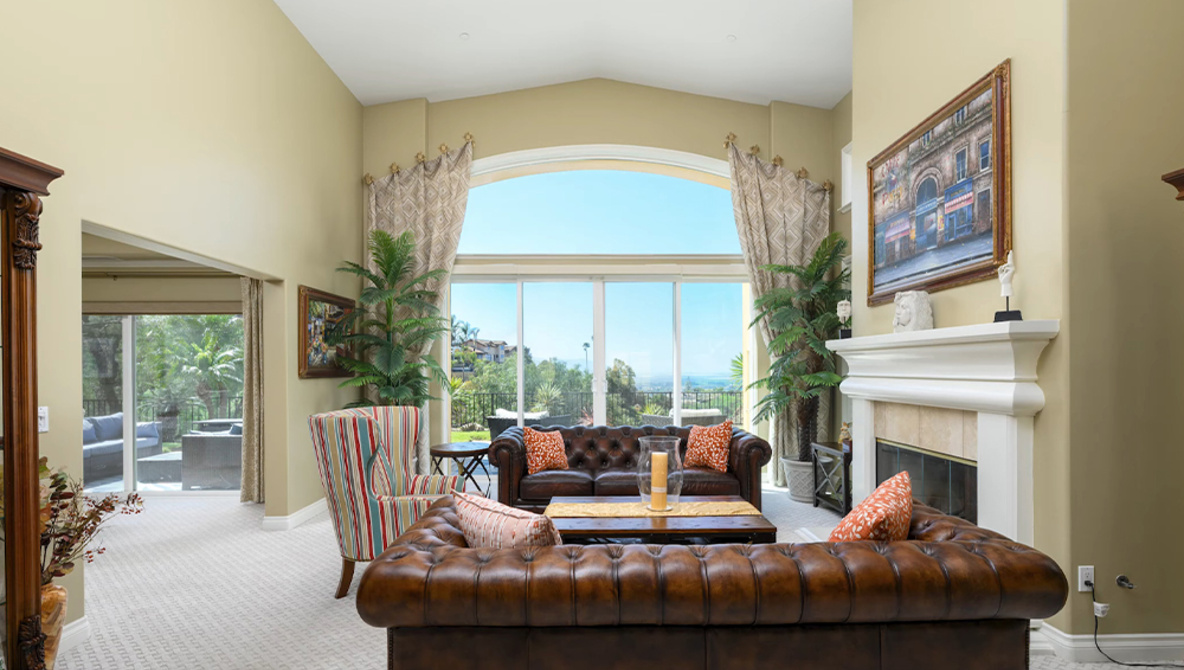




















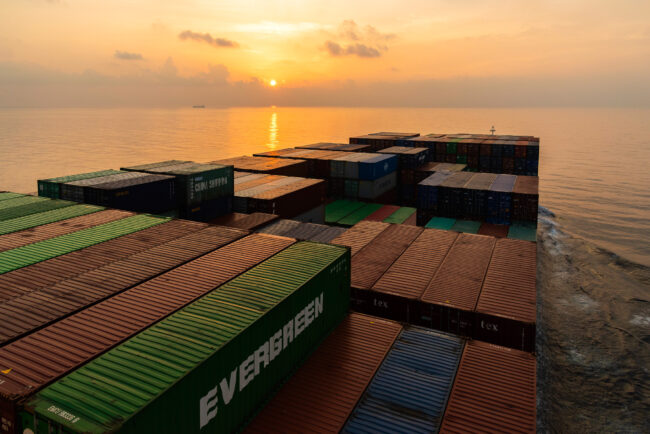
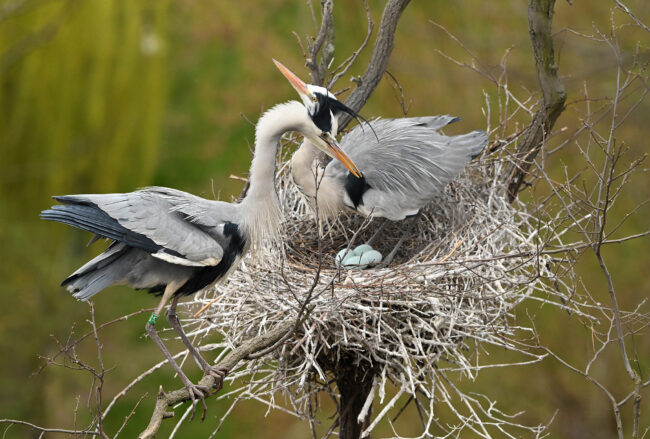

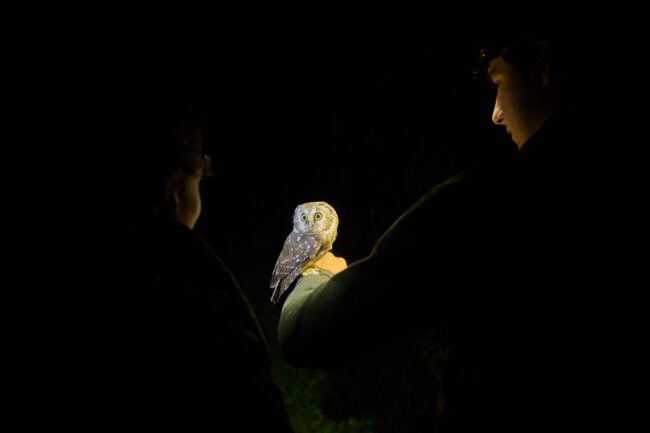















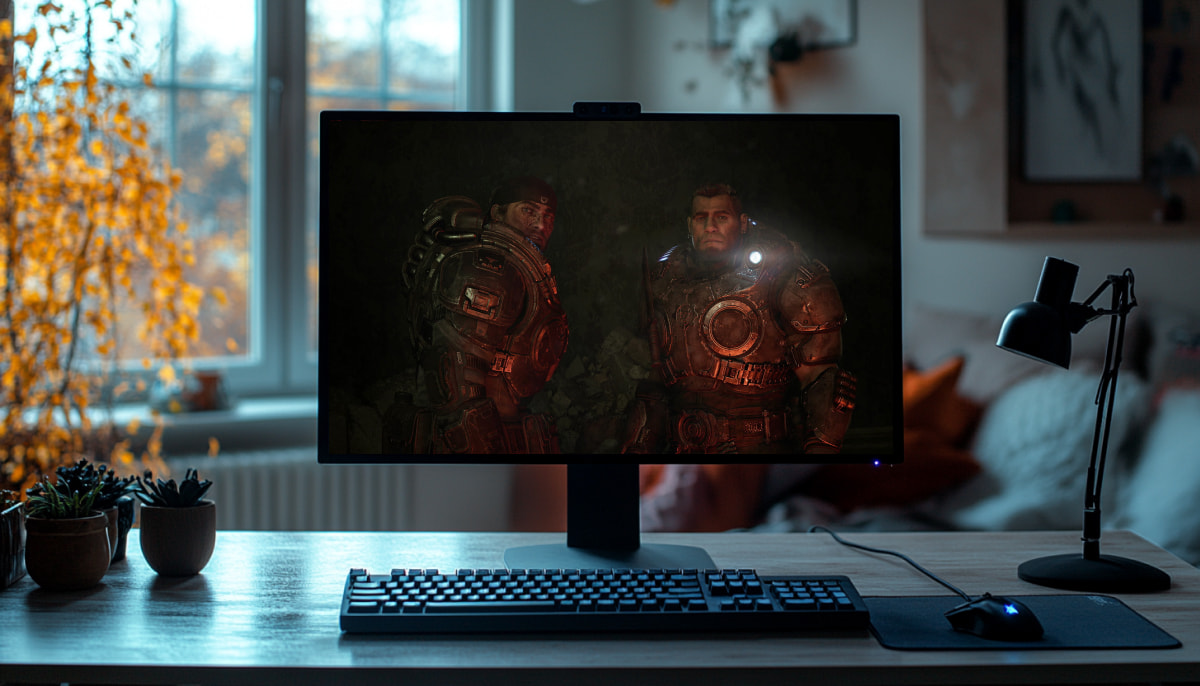



-Baldur’s-Gate-3-The-Final-Patch---An-Animated-Short-00-03-43.png?width=1920&height=1920&fit=bounds&quality=70&format=jpg&auto=webp#)












